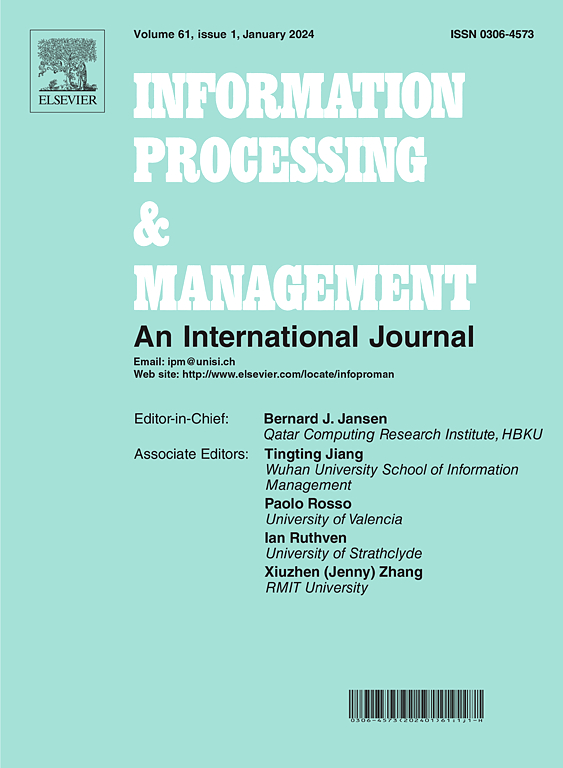Amplifying commonsense knowledge via bi-directional relation integrated graph-based contrastive pre-training from large language models
IF 7.4
1区 管理学
Q1 COMPUTER SCIENCE, INFORMATION SYSTEMS
引用次数: 0
Abstract
Commonsense knowledge graph acquisition (CKGA) is vital in numerous knowledge-intensive applications such as question-answering and knowledge reasoning. Conventional CKGA methods rely on node-level and unidirectional relations, making them suffer from a shallow grasp of between entities and relations. Moreover, they also demand expensive, labor-intensive human annotations, and the yielding CK lacks diversity and quality. Existing commonsense knowledge bases such as ConceptNet or ATOMIC often struggle with significant scarcity and pose a major challenge in meeting the high demand for a vast amount of commonsense information. Given the recent momentum of large language models (LLMs), there is growing interest in leveraging them to overcome the above challenges.
In this study, we propose a new paradigm to amplify commonsense knowledge via bi-directional relation integrated graph-based contrastive pre-training (BIRGHT) from the newest foundation models. BRIGHT is an integral and closed-loop framework composed of corpora construction, further contrastive pre-training, task-driven instruction tuning, filtering strategy, and an evaluation system. The key of BRIGHT is to leverage reverse relations to create a symmetric graph and transform the bi-directional relations into sentence-level ones. The reverse sentences are considered positive examples for forward sentences, and three types of negatives are introduced to ensure efficient contrastive learning, which mitigates the “reversal curse” issue as evidenced in experiments. Empirical results demonstrate that BRIGHT is able to generate novel knowledge (up to 397K) and that the GPT-4 acceptance rate is high quality, with up to 90.51% (ATOMIC) and 85.59% (ConceptNet) accuracy at top 1, which approaches human performance for these resources. Our BRIGHT is publicly available at https://github.com/GreyHuu/BRIGHT/tree/main.
求助全文
约1分钟内获得全文
求助全文
来源期刊

Information Processing & Management
工程技术-计算机:信息系统
CiteScore
17.00
自引率
11.60%
发文量
276
审稿时长
39 days
期刊介绍:
Information Processing and Management is dedicated to publishing cutting-edge original research at the convergence of computing and information science. Our scope encompasses theory, methods, and applications across various domains, including advertising, business, health, information science, information technology marketing, and social computing.
We aim to cater to the interests of both primary researchers and practitioners by offering an effective platform for the timely dissemination of advanced and topical issues in this interdisciplinary field. The journal places particular emphasis on original research articles, research survey articles, research method articles, and articles addressing critical applications of research. Join us in advancing knowledge and innovation at the intersection of computing and information science.
 求助内容:
求助内容: 应助结果提醒方式:
应助结果提醒方式:


